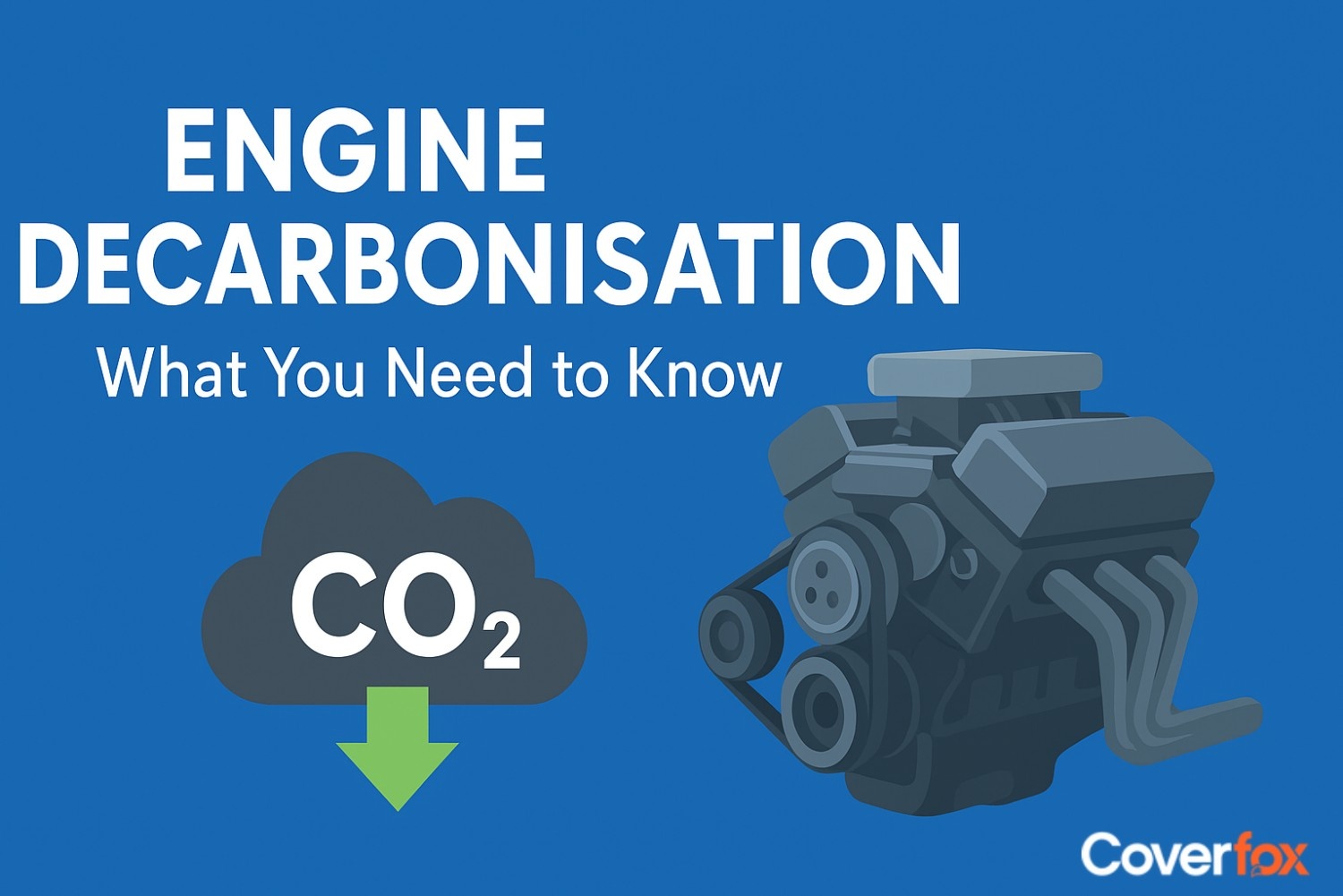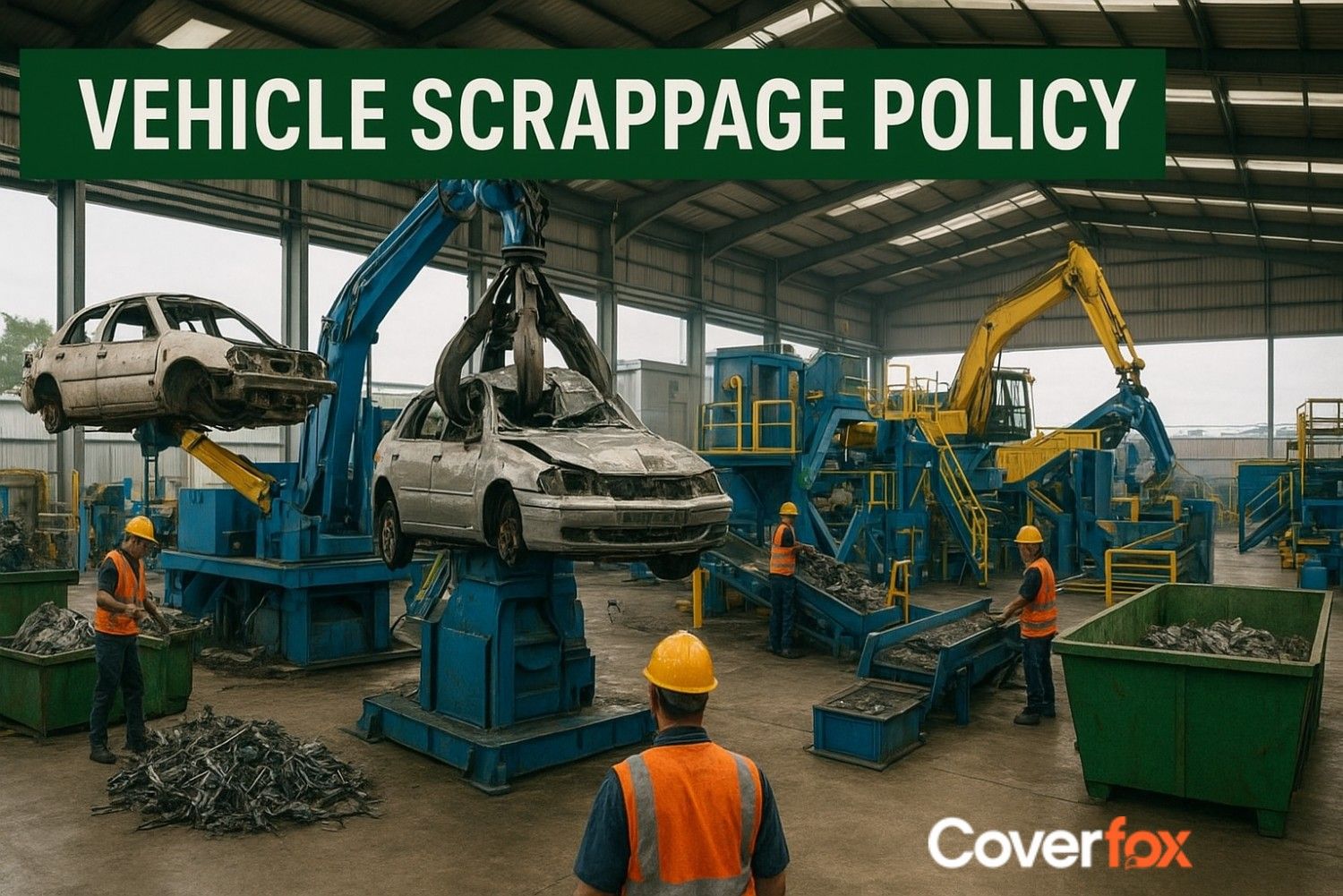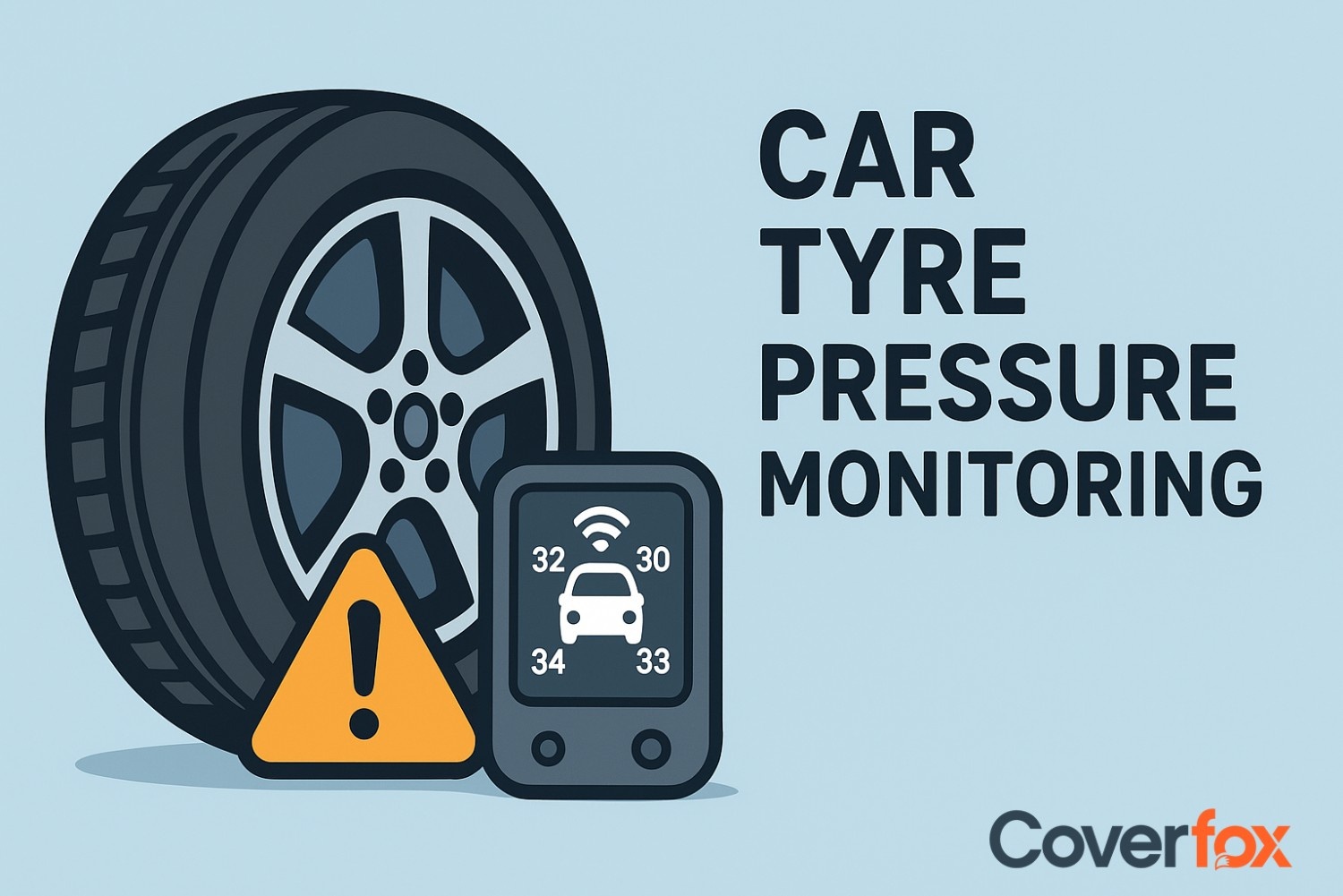Understanding RPM solves the mystery of how the engine piston with the gears works in cars to power wheels. Internal combustion engines are piston-based, and more pistons mean more energy is generated via the engine, which is then transferred to the car's transmission system.

Imagine pistons in the form of cycle pedals. While cycling, your legs work as pistons, moving up and down in a circular motion to provide energy to the tyres via pedals to the gears, which finally move you forward. The same is true for cars and bikes, but the system is more complex and refined to give you peak performance.
What is RPM?
RPM, i.e. Revolutions Per Minute, is the number of times an engine piston rotates per minute. Cars have an average of 1500-3000 rpm, while bikes have 1200-3500 rpm. It is dependent on various factors such as acceleration, gear ratios, vehicle speed, engine type and tuning.
(Fun fact: Formula cars used to rev over 20,000 rpm, that’s more than 330 revolutions every second.)
How Does RPM Work?
At lower gears, the RPM is usually high because of the concept of gear ratio. Gear ratio means a simple relation of how many times the engine has to rotate to complete one complete rotation of the wheels. Typically, in 1st gear, the ratio is 3.5:1, meaning the engine has to complete 3.5 revolutions to rotate a wheel completely 1 time. Thus, at lower gears, there is a high RPM because the engine has to work harder to maintain the speed.
As the gear is increased, the gear ratio reduces, i.e. the engine at the same RPM or lower RPM can maintain the same or higher speed. Think of it in terms of riding a bicycle, when you are in lower gears, you have to apply less pressure, and therefore more rotations per minute. Further, when you shift to higher gears, the pedals become stiff for you, and you can go at a higher speed with fewer pedal rotations.
What is the Importance of RPM in Cars?
RPM in cars is an important aspect of understanding how your engine works with the respective gear system. Below are the important aspects of RPM in cars:
- Acceleration: The RPM increases when there is acceleration, i.e. more air and fuel are allowed into the engine for more combustion and power to increase speed. Engaging in appropriate acceleration, looking at the tachometer of your car based on the gear you are in, is necessary for your engine's health.
- Engine type: The RPM differs for various engine types. Factors such as two-stroke engines, four-stroke engines, V-12 engines, and V-6 engines stage different ranges of RPM capabilities. It also depends on the position of the engine, such as an Inline engine, V-type engine, Flat/Boxer and Rotary (Wankel).
- Torque: The relationship between torque and RPM is a mathematical and scientific one. They are neither directly nor inversely proportional. Think of torque and RPM in terms of marginal utility and quantity consumed. The torque will be highest at one point, but it will decrease at higher RPMs because the engine reaches maximum power output in mid-rpm ranges.
How is RPM Calculated?
The General formula for RPM is as follows: RPM = 60/T
Where,
T = Time in seconds for one revolution.
RPM = Revolutions per minute.
Example 1 - If the car wheel takes 10 seconds for one revolution. Then that RPM = 60/10, which gives us 6 revolutions per minute.
Taking this one step further, the above was the most basic calculation of RPM. However, in cars, the formula will touch physics a lot more than simplification. Thus, for cars, the formula for RPM is as below:
RPM (Metric units) = Power (kW) x 9550/ Torque (Nm).
Where,
Power (kW) = Kilowatts (1 kW = 1000 watts)
Torque (Nm) = Newton-meters
9550 = A constant.
Example 2: If a car produces a Torque of 200 Nm with a Power of 100 kW. Then by substituting the values in the above RPM formula, we get 4775 RPM. So the engine is spinning at 4,775 RPM when producing 100 kW and 200 Nm at that moment.
(RPM essential: The redline is the maximum safe RPM that an engine can spin before risking serious damage.)
Significance of RPM in Cars and Bikes
The RPM is one of the important factors which a racer looks at if not a regular driver. This is because RPM tells us exactly when the engine is producing maximum power, and shifting at the right RPM means maximum acceleration.
Below are a few more significant aspects of RPM in cars and bikes:
1.RPM = Engine’s Heartbeat- The more the RPM, the harder the engine is working.
2.Racers shift at Redline for max speed- Redline is the starting point for racers.
3.Automatic cars shift based on RPM.
4.RPM changes the sound of the engine.
5.Different engines have different redlines.
| Engine Type | Max RPM (Approx.) | Characteristic |
|---|---|---|
| Diesel Truck Engine | ~4,000 RPM | High torque, low revs. Built for heavy pulling, not high speed. |
| Petrol Car Engine | ~6,000–7,000 RPM | Balanced for smooth driving and efficiency. Most daily cars fall here. |
| Sportbike Engine | ~13,000–15,000 RPM | Extremely high-revving. Built for quick acceleration and speed. |
| F1 Car (V10 Era) | 20,000+ RPM | Insanely fast revs. Designed to operate at high RPMs constantly. |
What is High RPM in Cars?
High RPMs in cars are the reason we can build supercars and bikes. Engineering cars support high RPM by increasing the cc capacity, using the highest quality materials, an effective cooling system and a combination of other specs, and we have our fastest cars in the world.
While High RPMs in bikes give peak power delivery, track performance, quick shifts and last but not least, sound thrills and the rev which we enjoy in our hearts. These bikes are engineering marvels built for speed.
How Does RPM Affect The Fuel Efficiency Of The Vehicle?
To understand how RPM affects the fuel efficiency of the vehicle, it is necessary to understand CC (Cubic Centimeter) first. CC refers to the engine's displacement — the volume in which pistons move to burn fuel. The more the cc, the more power-generating capacity of the engine.
While cc is the capacity of the engine to burn fuel and generate power. The RPM is the rate of frequency at which the engine can burn fuel. Higher RPM means the engine consumes more fuel, often less efficiently, until it is used with an optimal gear sequence.
Further, let us understand the effect of RPM in two parts:
1.Higher RPM = More combustion events per minute
2.Best Fuel Efficiency = Low to Mid-range RPM
3.Acceleration = Higher RPM = More fuel consumption
| RPM Range | Fuel Efficiency | Why? |
|---|---|---|
| <1,200 RPM | Poor | The engine may lug, inefficient combustion |
| 1,500–2,500 RPM | Best (petrol) | Efficient torque + smooth fuel use |
| 2,000–3,000 RPM | Acceptable | Fine for acceleration/cruising |
| 3,000+ RPM | Worse | High revs burn more fuel per minute |
How to Control Engine RPM?
Understanding how to read RPM will help you read the engine and finally control it; thus, below are a few of the points for you to understand the RPM and how to control it effectively
1.Use the right gear ( Manual Bikes/Cars)- Higher gear means low RPM at the same speed, and Lower gear means higher RPM.
2.Manage Throttle Pedal- Don’t overpress your throttle pedal as it can lead to a sudden increase in RPM, if this is done consistently, it can harm the engine efficiency.
3.Use Cruise Control on Highways- Cruise control keeps RPM steady.
4.Understand the engine’s power band- Know the engine’s limitations and capabilities.
5.Automatic Vehicles mean less control over RPM- In automatic vehicles, you have less direct control over RPM, while you can use eco mode for low RPM and sport mode for higher RPM.
What Are the Benefits of Knowing RPM?
Below are the benefits of knowing RPM:
- To change gears at the proper time.
- Understand engine efficiency.
- To avoid overusing the accelerator.
- Helps to know if the engine is not working properly.
- Identify any abnormalities.
- Fine-tune your car
Summary
From knowing what RPM means to understanding how it works, now we know how significantly it impacts the performance of a car in terms of speed, engine performance, fuel efficiency, and gear shifting.
Driving a car at the red line may not cause harm if you are cruising. It is necessary not to drive on the red line regularly if your car specifications are not built for it. Furthermore, to protect your car from unavoidable accidents or mishaps, it is necessary to have car insurance so you can enjoy your car at high RPMs within safe limits.





